Ankle pain refers to any type of pain or discomfort that arises in or around the ankle. There are many different causes of ankle pain, ranging from injuries to a number of different medical conditions. Treatment options are dependent on the cause of ankle pain, which has to be determined before any specific treatment can be recommended.
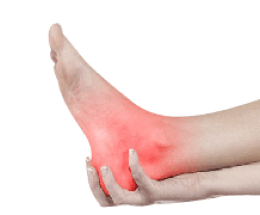
Ankle sprain occurs when ligaments get overstretched or tear, usually through excessive stress on the ligaments. One or more ligaments can be injured during a sprain. Ankle sprain is one of the most common cause of ankle pain, being mainly caused by sudden twisting, turning, or rolling movements of the ankle. Pain will depend on the severity of the injury – whether there is a partial or complete tear, and whether one or more ligaments are involved. Treatment usually involves rest, ice, compression and immobilization of the ankle. Non-steroidal anti-inflammatory drugs (NSAIDs) are the most common pharmacological approach.
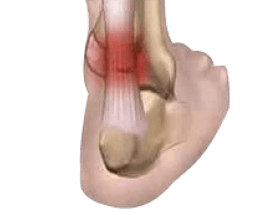

Bone fractures, colloquially referred to as broken ankle, are common injuries in or around the ankle joint and in the foot, being a common cause of ankle pain. Bone fractures can happen as a consequence of an impact or another traumatic injury. The severity of bone fractures is variable and will determine the type of treatment needed. Immobilization with cast is generally required, but fracture stabilization with orthopedic pinning or open joint surgery may be necessary.
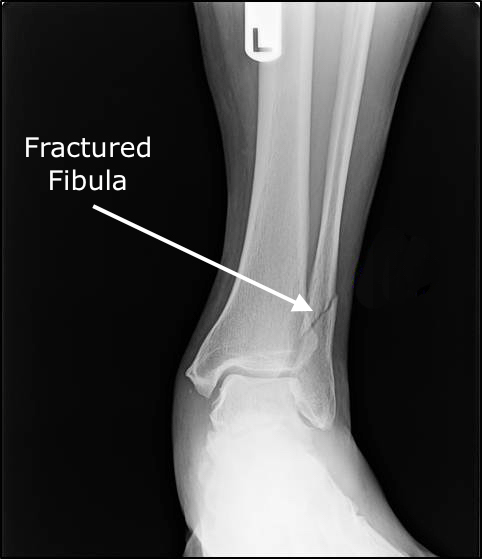
Bursitis is the inflammation of the bursa, a sac filled with lubricating fluid, which decreases rubbing, friction, and irritation, acting as a cushion between bones and other moving body parts such as muscles, tendons, or skin. In the ankle, the retrocalcaneal bursa, located at the junction of the Achilles tendon with the heel bone, is the most common site of bursitis. Inflammation of this bursa can be caused by overuse and is often linked to Achilles tendinitis.
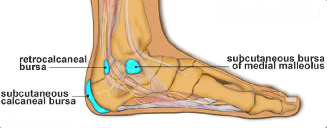
Ankle bursitis causes pain and tenderness around the ankle. It can be treated through rest, ice, compression of the area, and elevation of the ankle (RICE). Pharmacological approaches include NSAIDs, such as ibuprofen and naproxen, or local corticosteroid injection with ultrasound guidance to the affected area can be very helpful in reducing pain and inflammation due to bursitis.
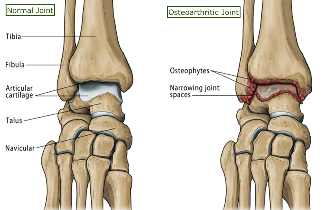
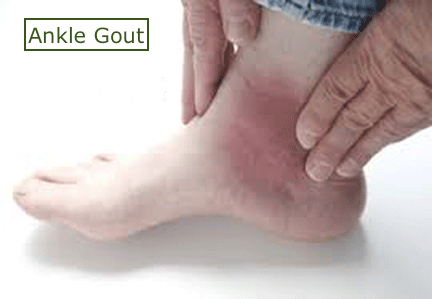
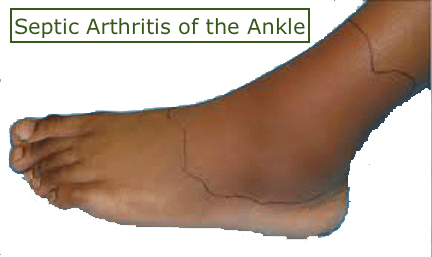
This information is for educational purposes only and is NOT intended to replace the care or advice given by your physician. Always seek the advice of your physician or other qualified health provider before starting any new treatment or with any questions you may have regarding a medical condition. For more information see our Medical Disclaimer.